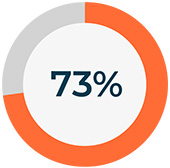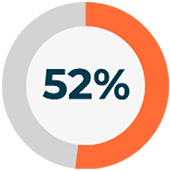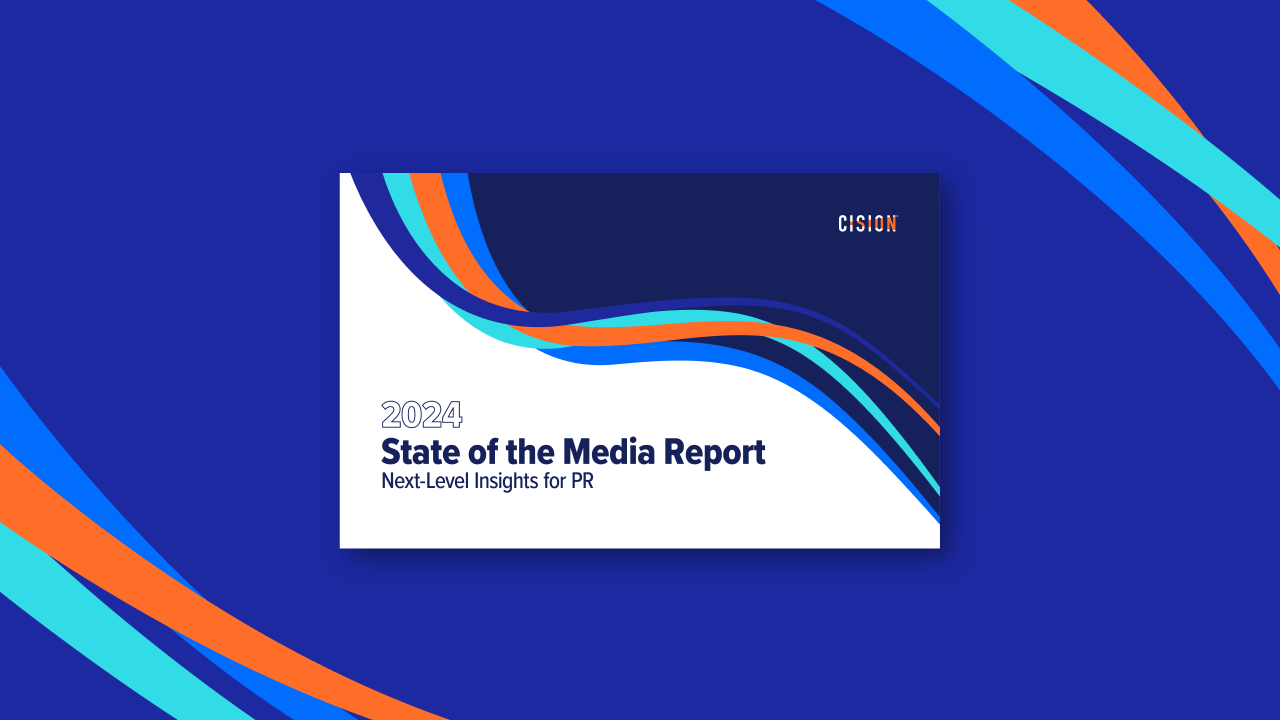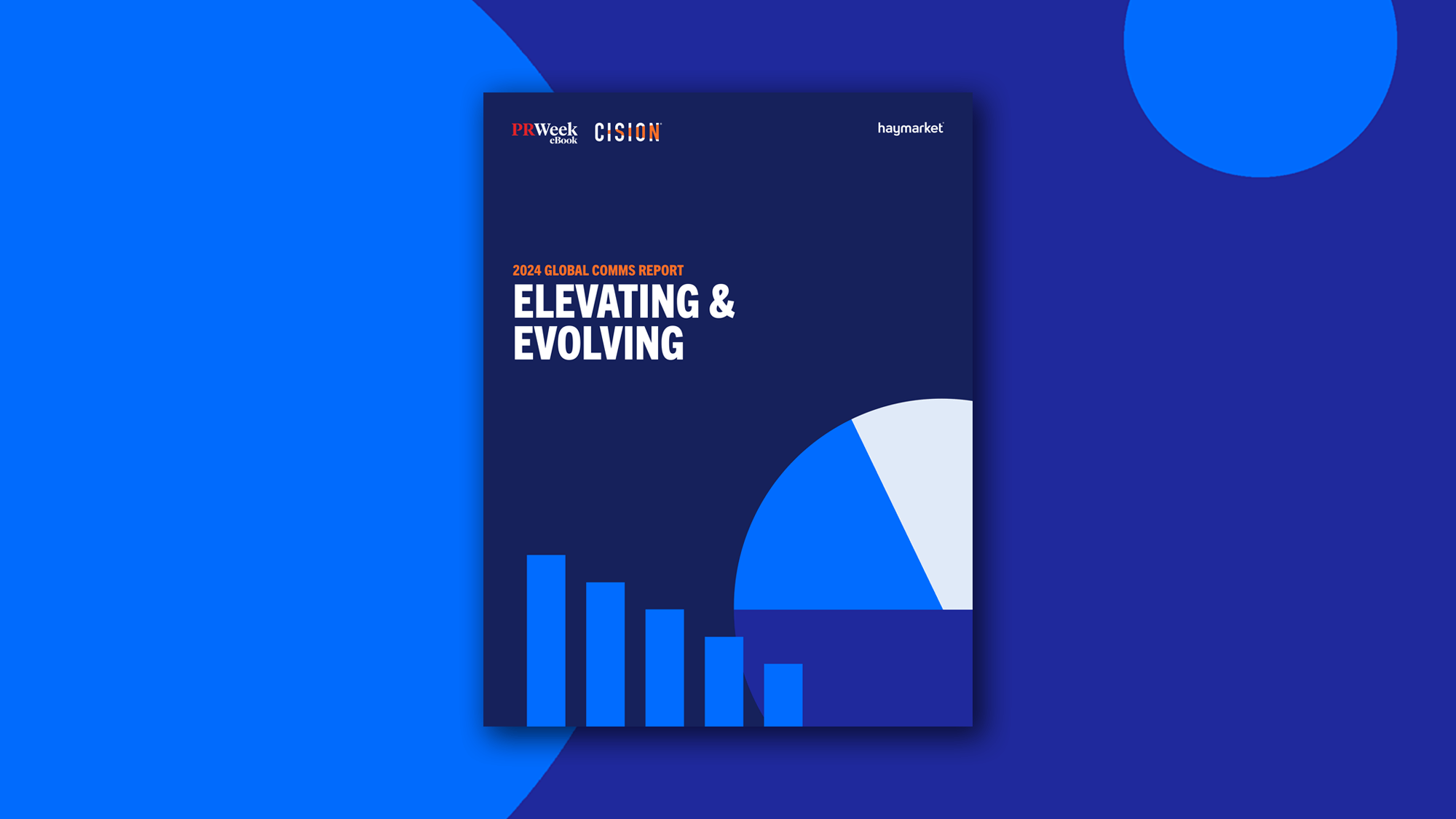
Introduction
Using data to track the success or failure of media campaigns is not a new concept. Back in 1927, the public relations industry made a name for itself when Arthur Page negotiated the top communications job working for AT&T. At the time, AT&T was under consumer scrutiny for its monopolization of the market. Nearly 90 percent of brand coverage was negative.
Page took a data-driven approach to solve this PR problem. He researched consumer sentiment and understood how consumers felt about the company. He used those data points and his research to reposition AT&T as a public utility, using tangible examples of how the company made a positive impact on society and consumers. The data-driven campaign worked. Arthur Page’s successful approach went on to spur a golden age of public relations and elevated the position of comms professionals to one of advisor and strategist for corporate leadership.
Fast-forward to today, where something has been lost: the data behind the decisions being made. According to the 2018 Global Comms Report, 77 percent of PR and comms respondents indicate that comms still can do a better job at measuring and proving its impact on business objectives. The comms profession often struggles to command the respect it deserves. But how did the industry fall so far in prominence? Why are PR pros, who were once held in such high esteem, now locked out of boardrooms and c-suite conversations? Why did comms professionals lose their budgets to their paid and owned counterparts?

Positive earned media contributes greatly to customer loyalty efforts for 73 percent of marketers,building brand awareness and sustaining brand health.
(Source: Forrester Opportunity Snapshot, Oct. 2018)
Tech Advances in Paid and Owned Media
The answer is simple. Paid and owned media channel owners embraced the rise of digital, technology data, and analysis to show how their work impacts both top and bottom line business objectives. They utilized those tools to understand how specific interactions drove desired customer behaviors, such as buying new products or driving customer loyalty, and to optimize campaigns leveraging these data and technology solutions to deliver more value. In fact, marketers specializing in paid and owned media saw a dramatical evolution of the campaign processes and methodologies due to the opportunities that these solutions unlocked, including rich targeting, testing, and optimization aligned to segments and audiences.
The same technology revolution had not yet occurred in the comms industry. In the absence of measurable, translatable data and the technology to provide that data, PR pros naturally focused on honing their storytelling craft, but there was a cost. The focus on using a research-based and data-driven approach was lost.
Enter a dark period where comms professionals’ only recourse for the lack of accurate business impact is to turn to coverage metrics like earned media clips and social shares, likes and followers. These metrics, while interesting, have no clear correlation to business impact and PR pros are scratching their heads wondering why they are no longer consulted on important business decisions.
Today, less than half of PR pros (43 percent) have data that gives them a strong sense of what people do after they consume content and only about half (49 percent) have data that gives them a strong sense of whether or not there was any real-world behavior driven from the content. (Source: 2018 Global Comms Report: Challenges and Trends) Compare that with paid and owned channels, where almost every online and even offline transition is trackable.
PR pros have been left with no clear way to operate as a function nor to prove the value of their efforts. Their budgets have been reallocated to paid and earned media opportunities. Global paid media spend ratios are currently at 95 percent, 4.5 percent for owned media and .5 percent for earned media. PR pros have lost almost all their budget and now must prove themselves worthy of regaining that budget.

Media Budget Allocation
Global paid media spend ratios are currently at 95 percent, 4.5 percent for owned media and .5 percent for earned media.
The PR and Comms Industry Needs to Change
If PR pros want to regain their budgets and elevate the profession once more, they need to adopt a systematic approach and demonstrate their worth to the business. Modern communicators must embrace technology to enhance the power and effectiveness of their storytelling. Early adopters can gain a competitive advantage against their peers and competitors while helping to modernize the comms function from an expense into a business driver. The good news is that technology is now disrupting the discipline, just like paid media and owned media industries recently experienced.
One challenge is that the PR industry is still coming to terms that change needs to happen. This year’s survey indicates 16 percent of respondents spend at least 20 percent of their annual budget on measuring, monitoring, and understanding the impact of their comms programs.
If the industry doesn’t start proving its worth, it’ll end up as a peripheral discipline with no real business influence. Modern PR pros know they are bringing value to the business — proving that value has been the hard part.
But what to do about it: this new method will help you do just that: become a modern communicator using a systematic data-driven approach to comms. It will elevate your standing in your organization. It will give you a seat in the boardroom. It will help you modernize your comms function and help you combine data-driven insights with the creative storytelling you already do so well.
Modern communicators who want to prove business impact would do well to adopt a new approach: Earned Media Management.
What Is Earned Media Management?
By definition, Earned Media Management combines technology, data, processes, and analysis to modernize the comms function from an expense into a business driver. Earned Media Management includes four tenets: Influencer Graph, Smart Engagement, True Measurement and Comms Transformation.
If you’re worried about what this will mean for storytelling capabilities, fear not! The beauty of Earned Media Management is that it doesn’t marginalize the art of storytelling. It actually improves it. The more PR pros can understand their target audience, and the influencers that reach them, the better they can craft more compelling stories.
DEFINITION:
earned media management
[ərned mee • dee • uh man • ij • muhnt]
noun
- A new systematic approach to PR and comms job functions
Example: The modern communicator uses earned media management to prove the worth of their PR programs to the c-suite. - The strategic combination of technology, data, processes, and analysis to modernize the comms function from an expense into a business driver.
- Proving business impact for comms and PR professionals
Example: Comms pros at Comcast used earned media management tactics to prove their programs drove X% of revenue for the business in the fourth quarter.

Only Half of Communications Teams Use Data-Fueled Insights to Reach Out To Influencers And Journalists.
Most communications teams still rely on outmoded methods to inform their outreach strategy: 70 percent of communications teams depend on their existing influencer and journalist relationships to perform outreach and only half (52 percent) use end-customer data to inform how to strategically communicate to influencers and journalists.
(Source: Forrester Opportunity Snapshot, Oct. 2018)
The Four Tenets of Earned Media Management
Earned Media Management is a new way to turn scattered and largely unmeasurable PR and communications processes into organized, strategic functions at your organization. There are four tenets that make up the Earned Media Management process:
01. The Influencer Graph
A complete mapping between an influencer, their content, and the actual audience that consumes it. This means that a modern communicator must first start by profiling their ideal and targeted audience and then mapping out the influencers and the content those influencers create in order to understand graphical overlap.
By turning the primary focus on identifying the desired audience first, instead of identifying journalists and influencers first, the whole traditional pitch model has been turned upside down.
02. Smart Engagement
An approach to content and communication distribution that values a proper mix of both reach and relevance for each individual audience member. Smart engagement means that communicators will need to switch from a generic, episodic press release strategy to one where they are focused on a continuous and targeted approach much like those their digital counterparts employ in order to deliver a 1:1 communication.
Smart engagement also means that brand messages need to focus on providing a more immersive and entertaining experience. It is essential that PR pros consider holistically how best to tell each story by potentially including images, podcasts, interactive and video content as part of their pitch or release, depending on the targeted journalist and individual influencers.
03. True Measurement
True measurement empowers brands to measure the efficacy of their communications based on the actual reach of a message, the understanding of the demographics and firmographics of the audience consuming the message, and, most importantly, the specific business outcomes driven by earned media coverage.
True measurement is predicated on the idea that measurement should be based on both the quality of coverage, as well as how that coverage drove specific business outcomes. These outcomes must be able to be attributed back to those campaign efforts with attribution analysis in order for PR and comms teams to showcase the effectiveness of their campaigns.
04.Comms Transformation
Comms transformation is the unification of earned media management under one team, one workflow and one platform, and includes the integration of earned media with marketing’s broader media mix in paid and owned channels.
This approach helps PR pros bring together the right people and human intelligence to transform the function and illustrates what an “always-on” campaign lifecycle approach looks like to best optimize processes.
Comms transformation also helps communicators uncover what technological tools are required and integration considerations that must be made in order to best break out of siloed operations and achieve true harmony with paid and owned channel functions and owners.
The PR and Comms industry is changing rapidly. Early adopters of Earned Media Management and its four tenets will help reshape Comms to the former glory that has been lost in the years since Arthur Page revolutionized the profession.






